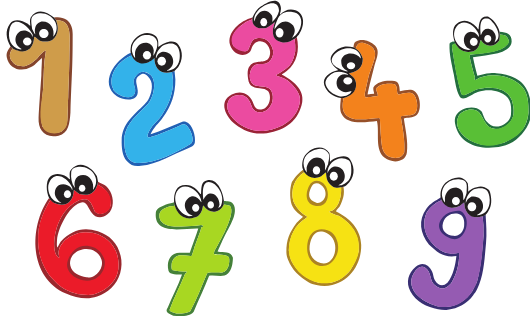
Definition of Place Value:
Place value refers to the value of a digit based on its position in a number. In any given number, each digit has a different place value depending on its location, such as ones, tens, hundreds, etc. The value of each place increases by 10 times as you move from right to left.
For example:
- In the number 345, the place value of each digit is:
- 3 is in the hundreds place, so it represents 300.
- 4 is in the tens place, so it represents 40.
- 5 is in the ones place, so it represents 5.
Example: Understanding Place Value
Let's break down the number 872:
- The digit 8 is in the hundreds place, so its value is 800 (8 × 100).
- The digit 7 is in the tens place, so its value is 70 (7 × 10).
- The digit 2 is in the ones place, so its value is 2 (2 × 1).
So, 872 is made up of:
Example of Solving a Place Value Problem:
Question: What is the value of the digit 6 in the number 462?
- Step 1: Identify the position of the digit 6. It is in the tens place.
- Step 2: The tens place value is 10, so multiply the digit by 10.
- Step 3: 6 × 10 = 60.
Answer: The value of the digit 6 in the number 462 is 60.
Understanding place value helps in rounding numbers, comparing numbers, and performing arithmetic operations.
Why it matters:
 1. Counting Stickers:
1. Counting Stickers:
Imagine you have 234 stickers in your collection:
- The 2 is in the hundreds place, meaning you have 200 stickers.
- The 3 is in the tens place, meaning you have 30 stickers.
- The 4 are in the one place, meaning you have 4 stickers.
So, you can explain that the total number of stickers is made up of 200 stickers + 30 stickers + 4 stickers.
2. Reading a Classroom Chart:
Your classroom has a chart that says you’ve read 153 books as a class:
- The 1 is in the hundreds place, meaning you’ve read 100 books.
- The 5 is in the tens place, meaning you’ve read 50 books.
- The 3 is in the ones place, meaning you’ve read 3 books.
This makes a total of 153 books read by the class!
Let's practice solving Place values, and stay tuned with us for more content


 1. Counting Stickers:
1. Counting Stickers:
